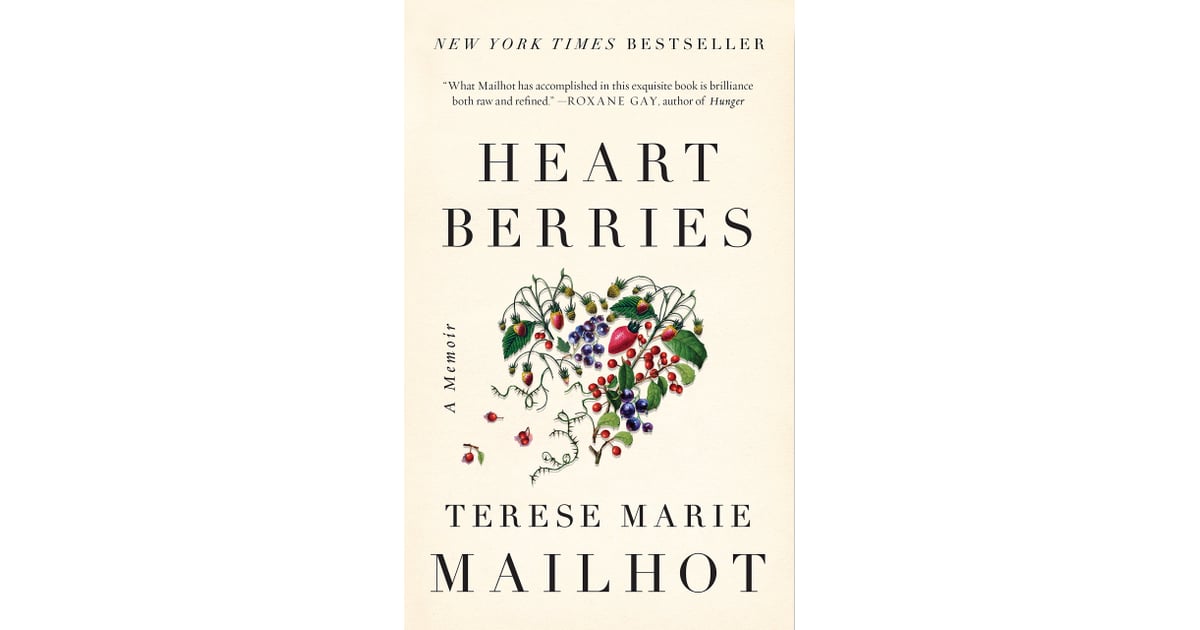
As an indigenous woman, she struggles with the differences in cultural perception and treatment of mental illnesses that she experiences in the Western world.

As she writes, she discovers her own true voice, seizes control of her story, and, in so doing, reestablishes her connection to her family, to her people, and to her place in the world."– Provided by publisher. Heart Berries Themes Western Medicine Versus Traditional Healing A prominent theme in Mailhot’s narrative is how the story of her mental illness is tied to her culture. Her unique and at times unsettling voice graphically illustrates her mental state. Mailhot trusts the reader to understand that memory isn't exact, but melded to imagination, pain, and what we can bring ourselves to accept.

The triumphant result is Heart Berries, a memorial for Mailhot's mother, a social worker and activist who had a thing for prisoners a story of reconciliation with her father-an abusive drunk and a brilliant artist-who was murdered under mysterious circumstances and an elegy on how difficult it is to love someone while dragging the long shadows of shame. Having survived a profoundly dysfunctional upbringing only to find herself hospitalized and facing a dual diagnosis of post traumatic stress disorder and bipolar II disorder Terese Marie Mailhot is given a notebook and begins to write her way out of trauma.

It was the best of times it was the worst of times.Abstract:"Heart Berries is a powerful, poetic memoir of a woman's coming of age on the Seabird Island Indian Reservation in the Pacific Northwest. There’s also the sudden death of a loved one in the book’s second act, complete with psychological fallout, as well as plenty of picturesque outdoor dining and leisure activities. The New York Times Book Review critic Parul Sehgal called Heart Berries a sledgehammer that reckons with the wages of intergenerational trauma. Mailhot’s view of her mental illness, as an inheritance to reconcile, is. Meanwhile, Sabrina and Cleo, in the book’s B-plot, suffer the pangs of estrangement - one hesitates to schedule a visit, the other feels stressed and isolated and less intimate than before. A prominent theme in Mailhot’s narrative is how the story of her mental illness is tied to her culture. The protagonist, Harriet, is a burned-out medical professional considering a career change.

What differentiates “Happy Place” from a standard love story is how much it’s a love-in-the-time-of-covid story, though inexplicably, neither covid nor the pandemic is referenced explicitly. All romances, be they comedies or dramas, demand that their leads get vulnerable and confess their feelings before is too late. “Happy Place” is funny at points, but it is also the closest that Henry has come to writing an old-school melodrama, a heart-rending plot that struggles to express the inexpressible.


 0 kommentar(er)
0 kommentar(er)
